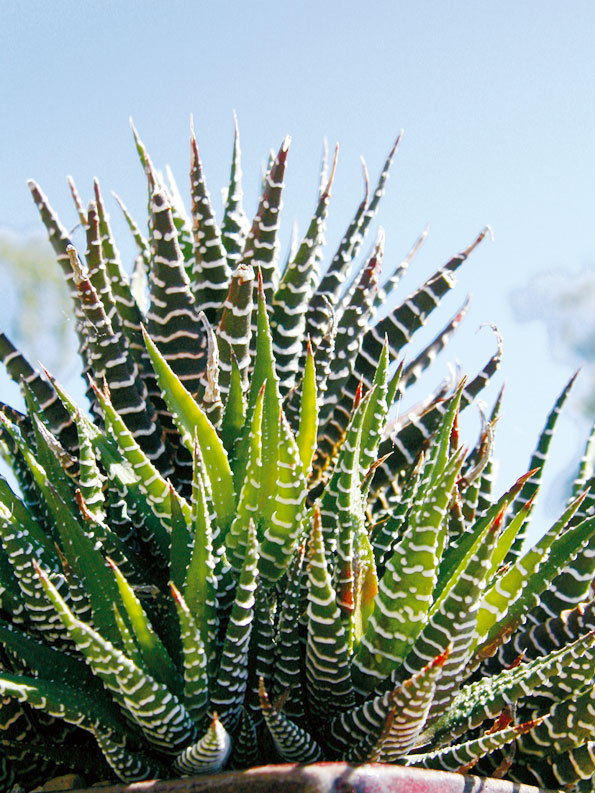It’s fair to say most modern gardeners are not passionate about succulents.
They bring back memories of granny’s garden – filled with gnomes, concrete paths and mean little clumps of cacti creeping over the stones.
Happily that’s all changed, and today’s varieties are strong and vibrant specimens that look good all year round.
Most succulents will put up with long dry spells.
They’re perfect for places with little rain and lots of sun and wind.
So, if you have an area of your garden that has succumbed to global warming, go and create a striking succulent display.
Having said that, we have dry summers and wet winters at our place and succulents survive no matter what.
One of the best things about these “succers” is they lend themselves to a number of planting styles.

They look great mass-planted on a bank or alongside a path or terrace, they’re stunning with other types of plants, and also play nicely with rocks, lime chip and paving.
For an arid garden, leave the succulents to do the job by themselves. Plant them in and around rocks or stones to provide texture, and showcase with a back-up of native grasses in similar hues to add height to your arrangements.
Choose varieties that tolerate the same conditions, so you don’t have half the garden falling over when it’s dry.
Once you’ve made a start with succulents, it’s difficult to stop. As soon as you develop an appreciation of the colours and forms, they’re irresistible.
Aloe polyphylla is a case in point.This plant is an absolute work of art – and even though it looks like it should be difficult and demanding, it’s as easy to grow as any other succulent.
Plant on its own with white stone mulch and it’ll be a focal point in the garden.
Similarly, agaves and aloes make great signature plants and are as effective at making a statement as a piece of art. Use them to mark your entranceway, to point the way to a path, or signpost a set of garden steps.
There are a few cultivation rules to ensure your succulents have a happy life.
Plant them in free-draining soil. If you need to, add pumice or grit, not sand.
Don’t think that because they’re dry garden plants they won’t need watering. If the soil has dried out, give it a drink – particularly in growing season.
If you’ve planted them in containers, they need drainage holes. Unglazed clay pots are best, as the water can evaporate through the sides and bottom.
Succulents aren’t very hungry, so don’t need much fertiliser.

If you like, you can use a quarter- strength dose of some tomato fertiliser in the growing season.
Provided conditions are right, they don’t succumb to pests and diseases, but if they’re kept too wet they might get fungal diseases. The main pest to look out for is mealybug.
Succulents reach maturity anywhere between one year and 60, and once they’re old enough, they should flower every year if conditions are right.
But some species, such as agave, flower just once after 30 years then check out, and there’s one called Carnegiea gigantea that doesn’t reach flowering age until it’s about 50.
Rebutias bloom after one to two years from seed, and you should see flowers every year if you provide what they need.




